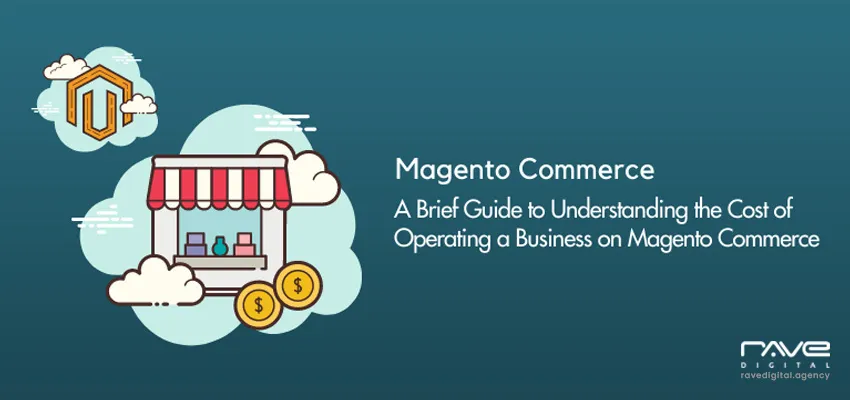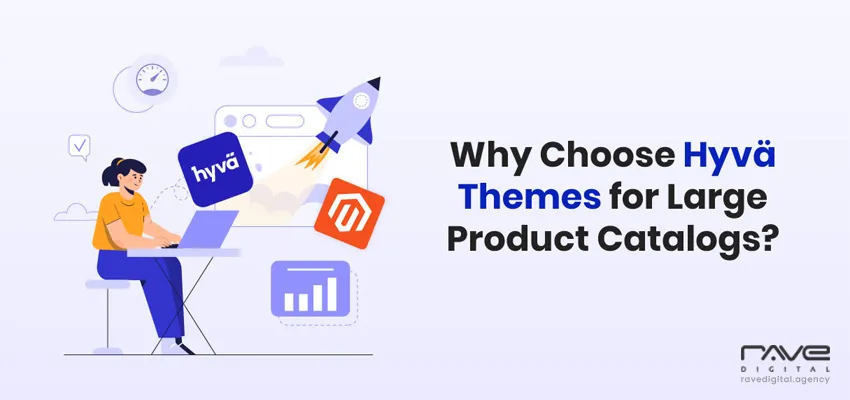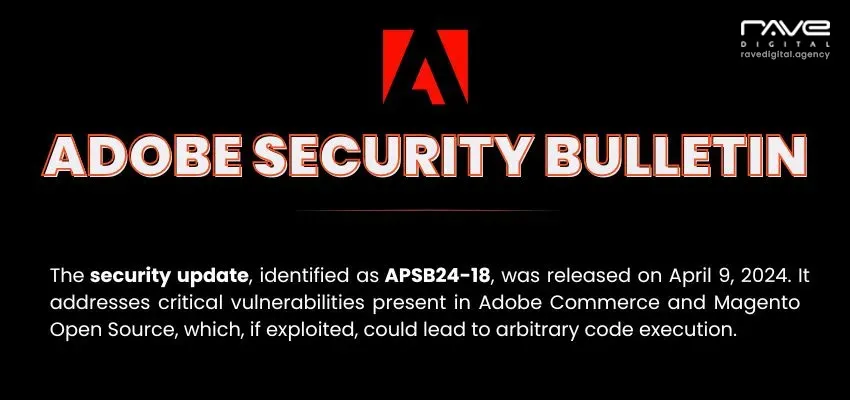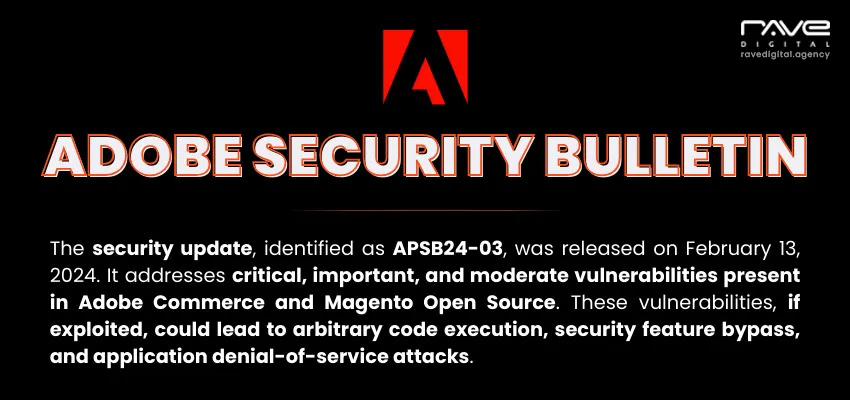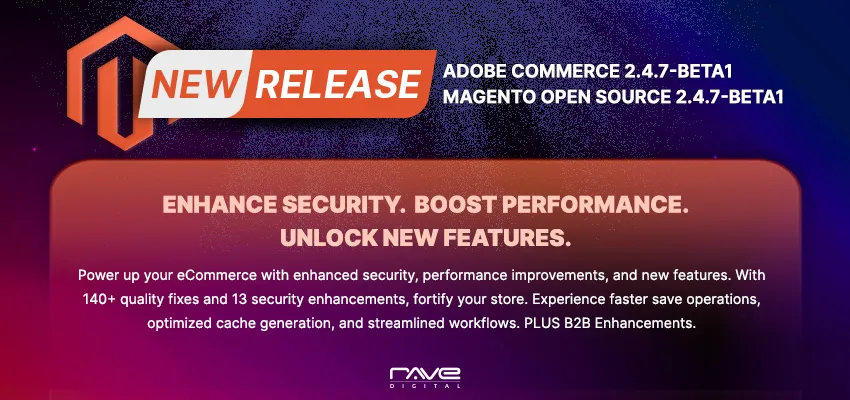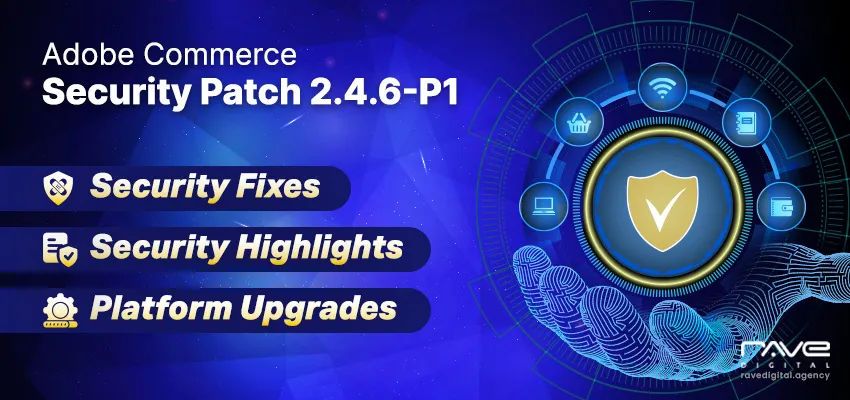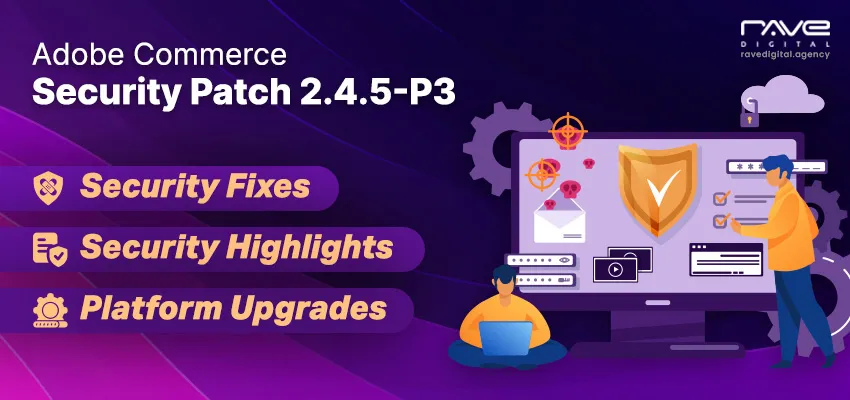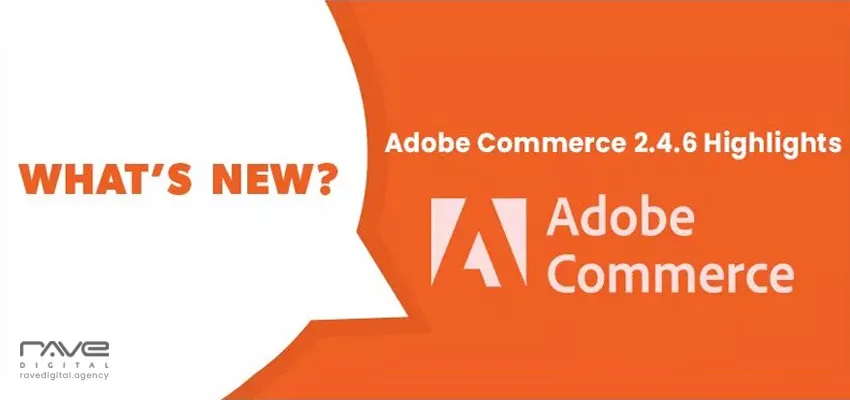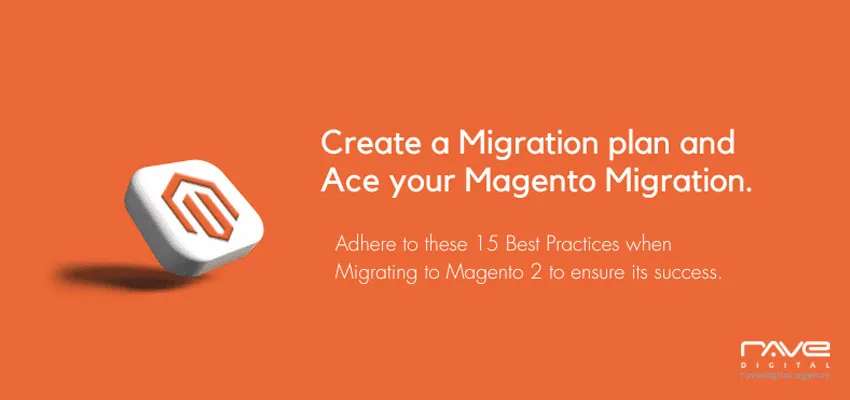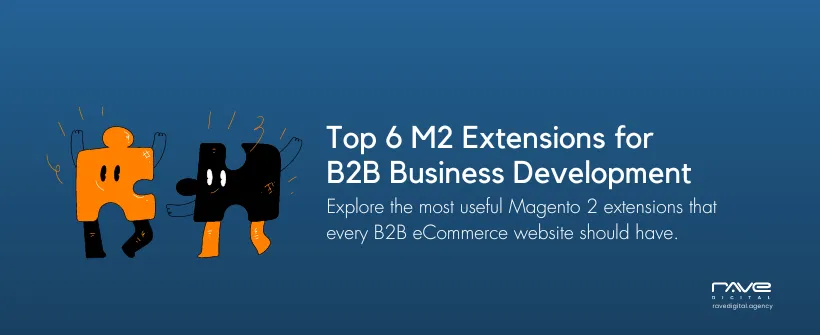The Mindset of modern consumers is changing by the minute! And eCommerce merchants are finding it increasingly challenging to continually evolve in order to keep pace with current eCommerce trends!
With eCommerce ever-evolving, brands need to focus on enriched user experiences and integrations that adapt quickly in order to meet ever-changing supply-and-demand, buying patterns, and shifts in consumer behavior.
Today, Magento empowers thousands of brands and retailers with flexible eCommerce solutions to grow and innovate their online stores rapidly. The platform offers seamless flexibility to customize and extend an online store to create truly differentiated, unique brand experiences.
Magento enables retailers to create engaging and shoppable experiences. But many merchants question its usage, implementation, features, and total cost of running a business on Magento Commerce.
If you’re considering Magento and are looking for guidance; this content piece delves into the following Magento Commerce topics:
- Why Choose Magento for your eCommerce business?
- Magento Growth Statistics
- Cost of managing a Magento site
- Features offered by Magento Commerce
- Best Practices to implement Magento Commerce
Let’s begin by having a quick look at why merchants prefer Magento over any other eCommerce platform.
Why do people prefer Magento for eCommerce?
- Easy to install and add additional extensions or plugins
- Offers access to 50+ payment gateways
- Proffers an effective and cost-sensitive solution
- Delivers scalable and flexible eCommerce solutions
- Friendly with third-party integrations
- Magento developer community is huge
Powerful Magento Statistics for 2021
If you’re not well-versed on how Magento has grown as an eCommerce platform, here’s a quick look at some of the recent Magento statistics:
- Magento powers 0.7% of the Internet (Source: W3Techs)
- It can process thousands of transactions per hour (Source: elogic)
- Magento offers its users 5000+ extensions. (Source: Magento)
- 250,000+ merchants use Magento as their eCommerce platform (Source: Magento)
- It grabbed a 1.2% market share of the CMS market in 2021. (Source: W3Techs)
- Top brands such as Ford, Sigma Beauty, Liverpool, Jaguar, Nestle, Helly Hansen use Magento as their eCommerce platform.
Isn’t this data beneficial? Magento, as an eCommerce platform, surely has honed the power to boost your online business.
Now let’s address the big question.
What is the cost of managing a Magento site?
Magento comes with some imposing features and customization options, considered one of its most powerful assets. So, when you’re looking for an answer to the above question, you must know what exactly you want to accomplish with Magento.
Any eCommerce development expert or agency will expect more details from you to provide you with one convincing answer. For example, you can leverage this robust platform to operate a digital Walmart; all you need to do is find what all features from Magento’s spectrum are required for your store.
Many will advise you to develop your store on Magento Open Source, as technically, it’s ‘free’; however, the cost to develop and customize your eCommerce store with the assistance of Magento developers or a Magento Development Agency will add up quickly.
In the event you have specific pricing-related or licensing questions, contact us or reach out to Magento directly.
Now, let’s turn our attention to the most talked-about eCommerce package, Magento Commerce’s platform pricing, in detail.
Does Magento Commerce functionality Justify the cost of maintaining the platform?
All the features and functionalities Magento Commerce provides definitely justifies its expense.
If you compare it with other eCommerce platforms, Magento Commerce erases all boundaries for you to create unique and bold shopping experiences. The platform is built for cost-effective and rapid innovation by combining out-of-the-box rich functionalities, scalable performance, and powerful business tools.
Magento Commerce arises as one platform that will keep you and your business ahead of increasingly complex commerce operations and growing customer demands.
What core features does Magento Commerce offer?
Apart from all the Open source features, Magento Commerce offers a comprehensive range of features to boost your eCommerce sales, achieve business agility, performance, and more.
Let’s have a quick look at Magento Commerce’s core features:
1. Content Staging & Page Builder
Magento Commerce lets you deliver a meaningful commerce experience by flawlessly marrying the content with customer demands.
With Pagebuilder, your business teams can easily create, preview, and schedule content updates without involving any IT professional. Make use of an easy drag and drop interface to develop flexible layouts combining videos, images, sliders, text, and more.
You can preview all the changes done by date and schedule the updates for greater efficiency.
2. Powerful Business Intelligence Ability
Magento Commerce empowers you to harness the power of data and help you gain a 360-degree view of your business.
The modern eCommerce landscape demands automation, efficiency, and accessibility to data to compete with fellow competitors. Magento makes it easy for you to follow a data-driven approach; you can evaluate retention rates, marketing ROI, conversion rates, and many more metrics about your customers.
You can also implement property-based (age, location, order history, and more) customer segmentation, up-sells, cross-sells, and instant purchase checkout options.
3. Integrated B2B Functionality
Magento Commerce provides the required flexibility and intelligence to seize market opportunities by delivering friction-free purchasing and personalized shopping experiences.
Let your B2B customers use self-service tools to define specific responsibilities, roles, create company accounts and set up multiple buyers. You can also create custom catalogs and price lists to make sure the buyers receive contract terms while purchasing, making things more personalized and streamlined.
Also, you can make use of request to quote workflows to encourage repeat purchases and customer loyalty.
4. Seamless Shopping Everywhere
With Mobile Commerce, Amazon Sales Channel, B2B eCommerce, PWA Studio, and much more, Magento Commerce lets you serve your customers wherever they prefer to shop from.
Speed up your time to market and lower the total cost of ownership by expanding your market reach with Magento commerce. Grow into new geographies, channels, and sell online to B2B and B2C through one platform.
Magento’s headless commerce architecture makes it simple for any curious merchant to manage their store seamlessly.
5. Managed Cloud Solution
Gain instant access to continuous cloud-based services and benefit in your infrastructure improvements and functionalities.
Magento commerce’s cloud solutions provide a reliable AWS-based environment designed to support any eCommerce store. You can meet your customers’ expectations with high scalability, availability, high-speed CDN, and top-performing management tools.
You can also get a 360-degree view of your cloud environment and ensure all your infrastructure, applications, content delivery network, and firewall services are working correctly.
Not to forget, apart from Magento’s robust eCommerce platform, it offers a global ecosystem of implementation partners and a vast marketplace of extensions to bring your eCommerce vision to life.
Best Practices to Ensure Successful implementation of Magento store
Even if you’re hiring a top eCommerce agency to help you design your store, there are a few eCommerce best practices that must be followed:
1. Build Business Cases
Companies, be it small or large, can save their maintenance costs and dodge unnecessary complexities by developing their business cases. Framing a business case can help you decide whether a particular feature of Magento, an extension, or an add-on is worth the investment for your store.
2. Optimizing the Process
Whether you’re creating a brand new store or migrating to Magento, you must strategically evaluate and optimize your eCommerce process. And how can you realize this? By instituting a workflow. Optimizing the processes can help you achieve additional favorable efficiencies.
3. Draft a Roadmap for Functionalities
Pre-deciding on the functionalities required for your eCommerce store can come in handy. You can finalize some key functionalities that are imperative before you go live with the store and list down others that can be phased out eventually with a longer-term strategic plan.
4. Be realistic in Setting Time Frames.
Launching or migrating an eCommerce store should be done within realistic timeframes. Making your online store operational is not the only thing you need to focus on. It would help if you lay out a time frame to test and optimize your store before launching it properly.
5. Find Implementation Partner Diligently
This is the last but one of the most crucial practices to follow. It would be best if you hunted down a well-suited Magento agency partner to get the necessary support. Discuss your plans with top-rated Magento agencies and then identify your best fit in terms of cost, working culture, and timeline. Don’t ever forget to check their previous work and reviews.
Get inspired and see how the world’s most flexible eCommerce platform makes a difference for businesses like yours.
Contact us now to learn how we can help you take your business to the next level!
